These are the destination outliers, the remote and less-visited islands in the North Atlantic (aka West Nordic Region). In fact, up until 2010, few people had even considered them as a destination to travel to; who wants to go to cold, dismal climates for vacation? Iceland, Greenland, and the Faroe Islands are considered extreme travel destinations; a Nordic trifecta! As adventure travel has grown, so has people’s interest in these North Atlantic islands – despite the cold.
These are the outlying environments that bring me joy – the lesser-known, remote, untouched lands. All I can think is, who in their right mind wouldn’t be interested in these islands?
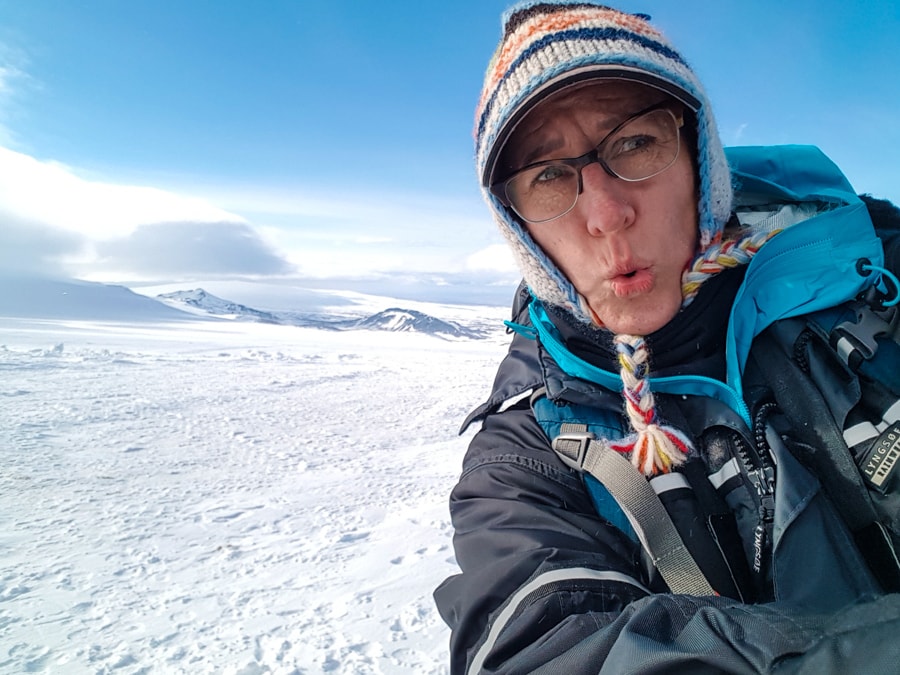
When I got the last-minute invite to go to Iceland, Greenland, and the Faroe Islands, there was not a moment of hesitation. I had never been to any of them and I would have said yes to any one of them…but all three – yes, yes, yes! Most people would never take the trip I did – 3 remote destinations in 10 days – it was a bit manic. I personally think each of these destinations deserves 5 days!
You might think it’s weird to go to all three on the same trip, but it’s actually easier than you think. It’s hard to get to Greenland or the Faroe Islands without going to Iceland first – so you might as well tack one (or both) onto your Iceland trip!
Table of Contents
West Nordic Region as a Whole
The West Nordic Region is situated in the North Atlantic and is incredibly special. It’s geographically remote, which means few people go there. The 2010 eruptions of Eyjafjallajökull volcano put Iceland on the map. They say all press is good press – and in this case, the catastrophic volcano that halted world air travel ended up being one of the best things to happen to Iceland and the West Nordic countries. Suddenly the nerdy, overlooked boy in the corner became the bad boy of travel; there was a hint of danger to the West Nordic Region, which made it appealing.
Some would call these landscapes desolate, but I call them wondrous. It’s like going into a whole new planet where survival is different. And even though modern-day transportation can ship about anything into these remote places where vegetables don’t grow, people still hang on (and deeply love) their old traditions. Hunting is life in these countries – especially the Faroe Islands and Greenland where flights and shipments are much fewer. But there is also a strong movement to not lose the old ways. I don’t think I’ve eaten so many odd meats and blubber varieties on a trip in my life! My travels to these countries reminded me of the important lesson – you use what you are given.
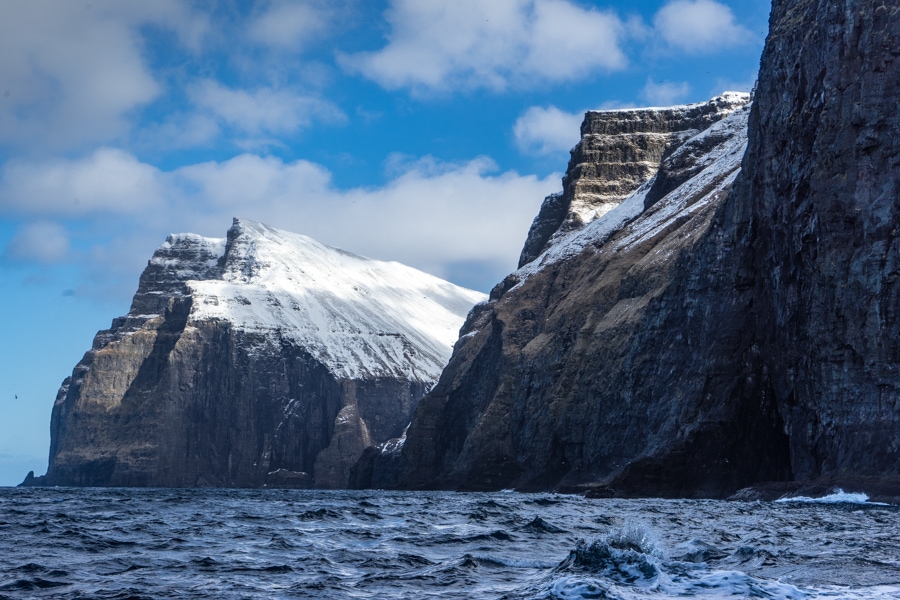
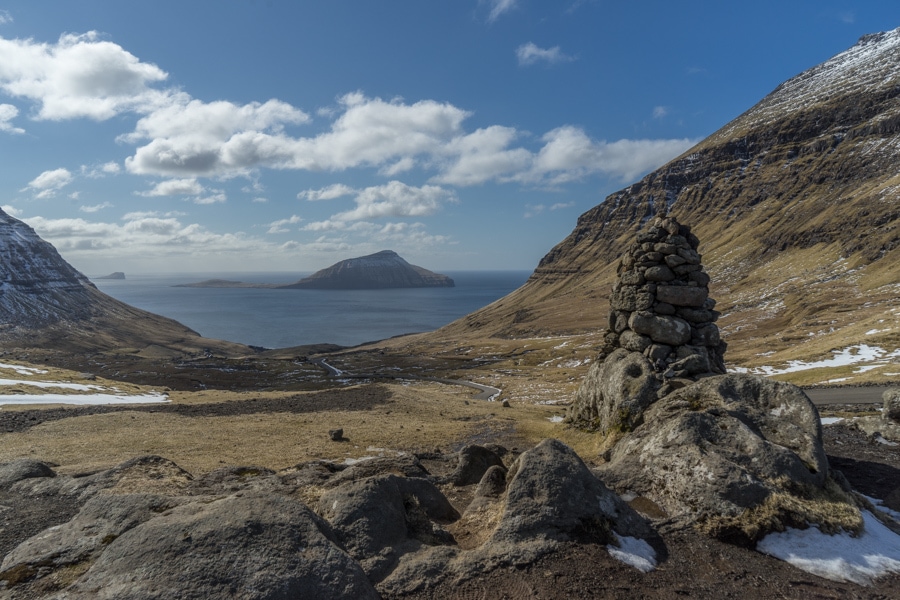
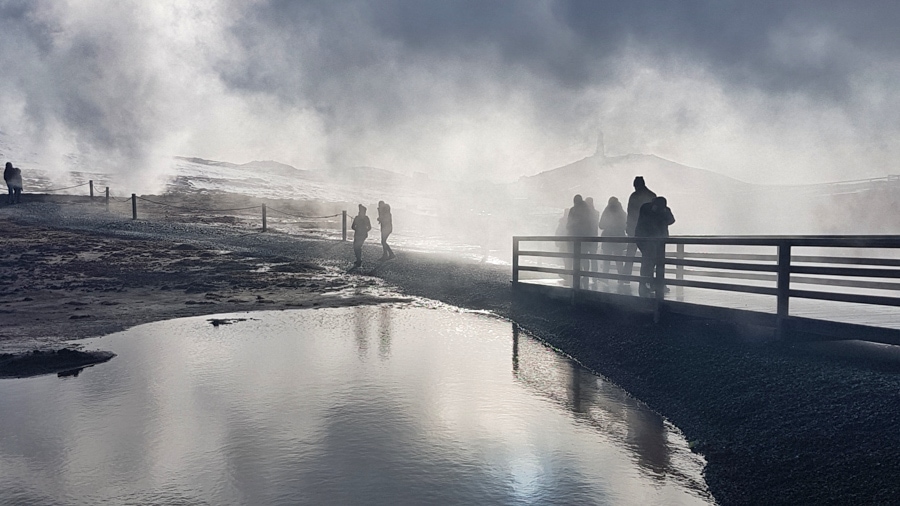
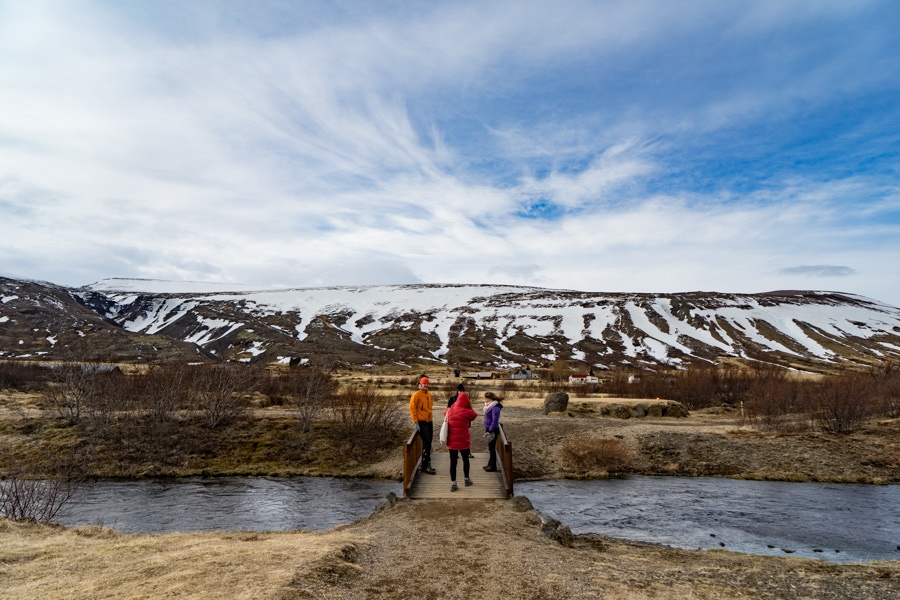
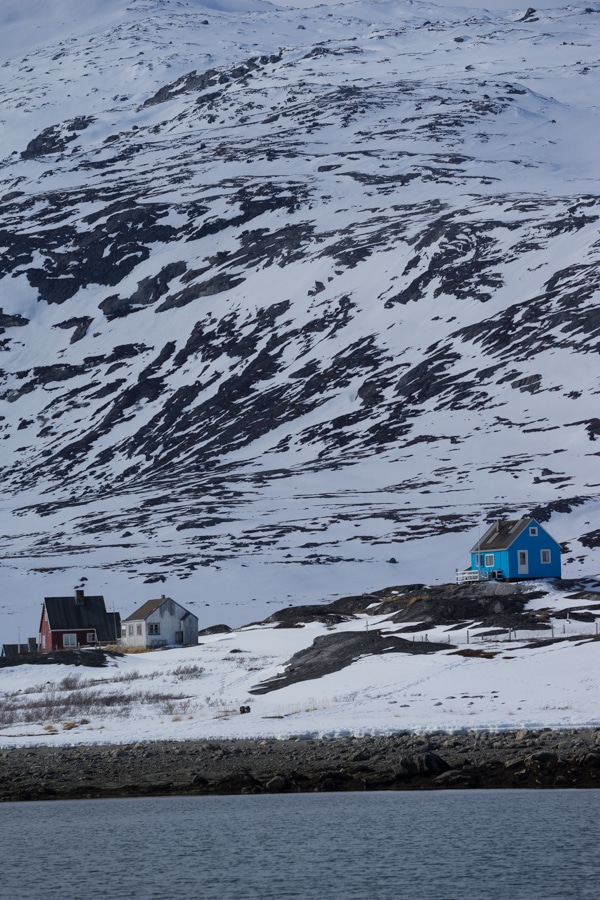
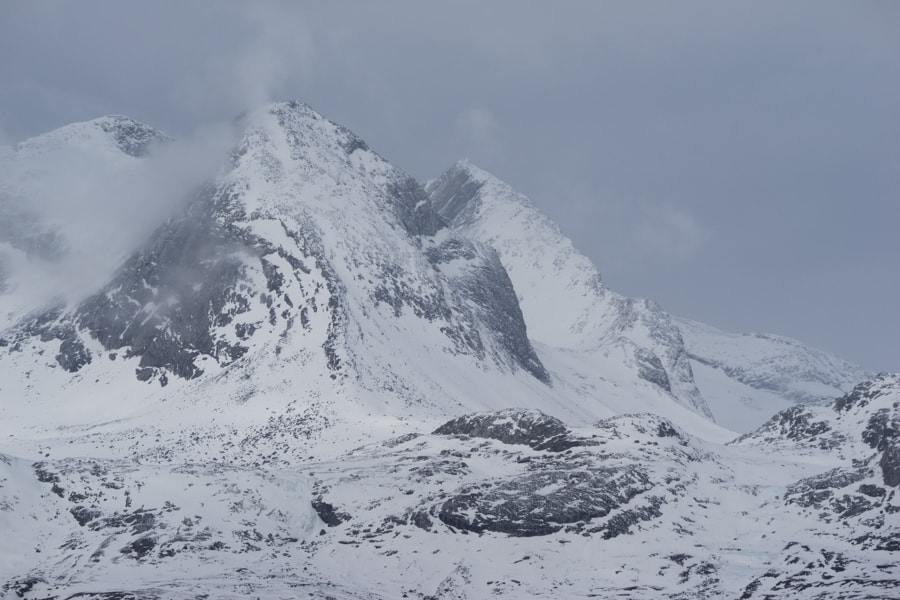
I love trees, but I also love seeing landscapes without trees as they provide this incredible wide-open, limitless feeling. I asked Ellen our guide who grew up in the Faroe Islands if she missed trees. She looked off in the distance thinking for a second and then said, “No – no I don’t miss trees”. As a tree lover, I was sort of astonished. When I asked that same question of our contact, Anya, in Greenland, said that she missed the sound of trees. But then again she grew up in Denmark and had formed a childhood relationship with trees. But a lack of trees didn’t seem to deter Anya; she, her husband, and small children decided to move to Greenland just to try something different. And she seems to be thriving there now.
How to Choose Between Iceland, Greenland, and the Faroe Islands
How do you choose which to go to? Each is full of dramatic landscapes, extreme conditions, and no trees. But that’s about the only thing these islands have in common. During my time in each destination, I did a lot of observation of culture and talked to locals, while also packing in plenty of outdoor adventure. It was enough to get a feeling for each island; comparing and contrasting their traits and culture. So if you are trying to choose between Iceland, Greenland, and the Faroe Islands, here’s my take on each.
Iceland – The Land of Volcanoes
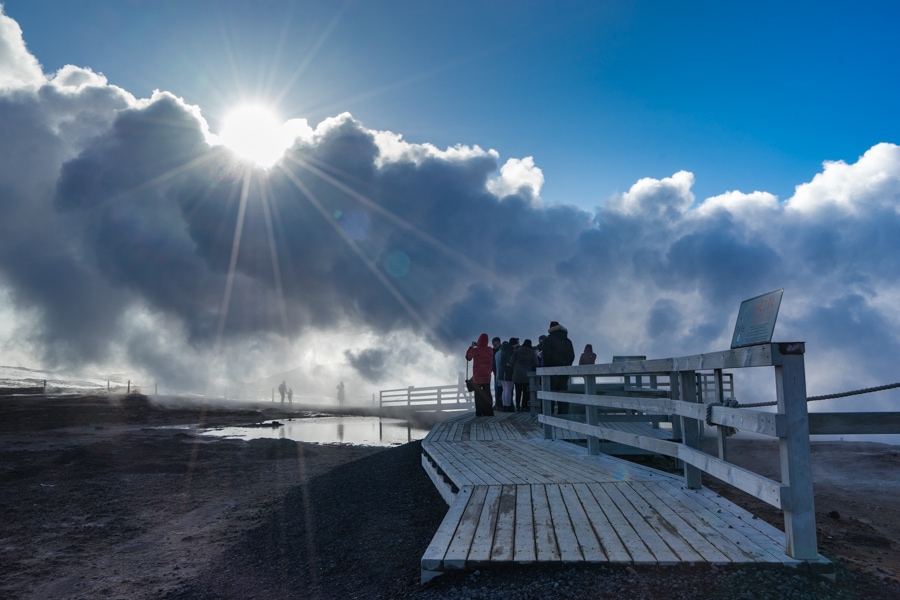
Iceland Culture
The Iceland landscape is hot, not just hot, but volcanic. It’s a land of geysers and 32 active volcanoes. Iceland embraced its new volcano danger popularity with gusto in 2010. This really isn’t surprising as the one thing I learned about Icelandic people on this trip was that they seize the day when something presents itself. Their most popular saying is “þetta reddast” meaning “It will all work out okay”. The whole country believes that things will work out in the end; no matter how big the problem is, a solution will always present itself.
“How the weather? I’ll tell you at the end of the day.”
Our guide Oddny explained this to us the first day when talking about simply ‘going with’ what the weather gives you. I loved this faith that answers will present themselves, it’s very similar to how I look at my life, so I felt pretty connected to Iceland already. It’s this þetta reddast that made Icelanders embrace the volcano that looked like a disaster to the rest of the world but put Iceland on people’s radar for travel.
Tourism has really taken off in Iceland – maybe too much in some ways. Infrastructure is still trying to catch up with the popularity in some areas. This tourism boom is unique to Iceland while Greenland and the Faroe Islands are still in the early stages of tourism and becoming popular; Iceland is the senior, Faroe Islands a sophomore, and Greenland is still a freshman in my opinion.
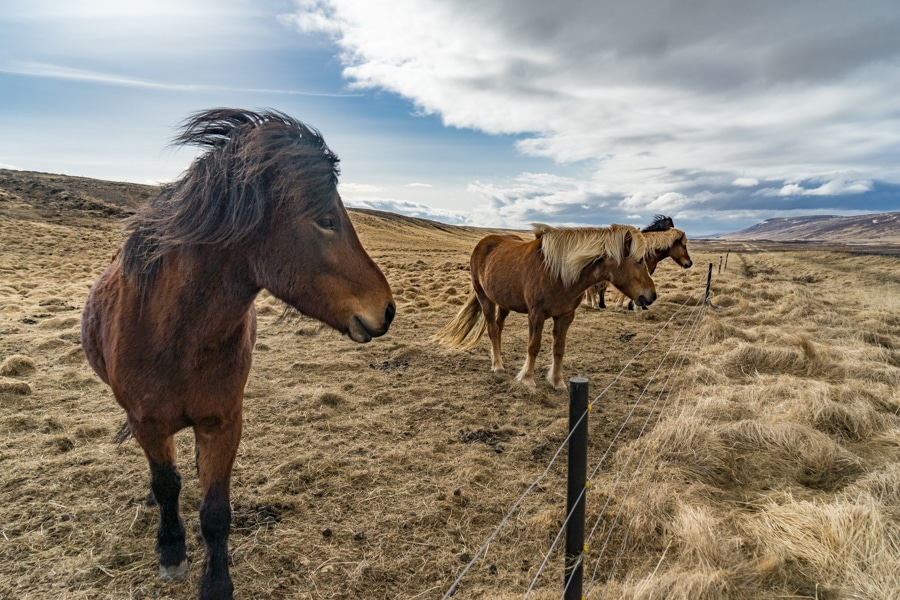
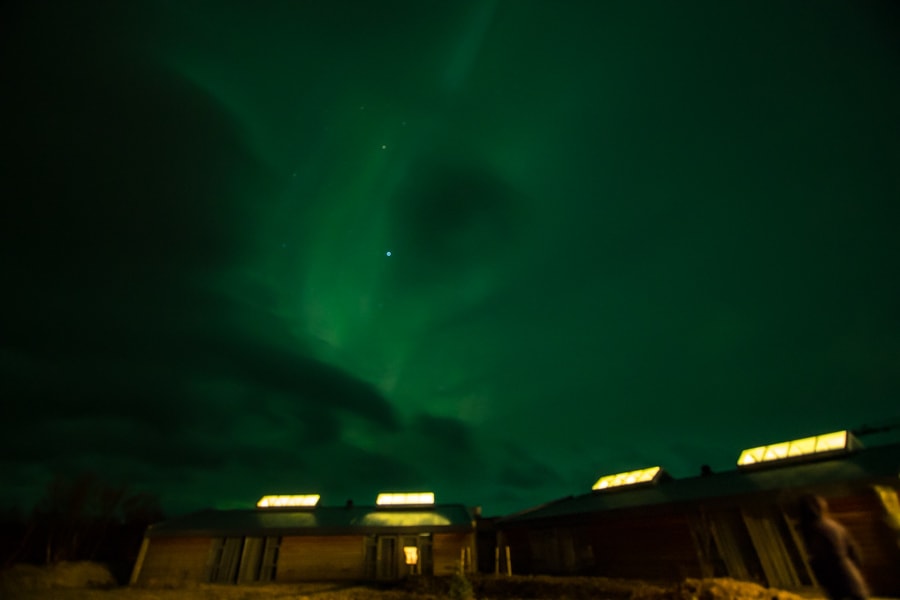
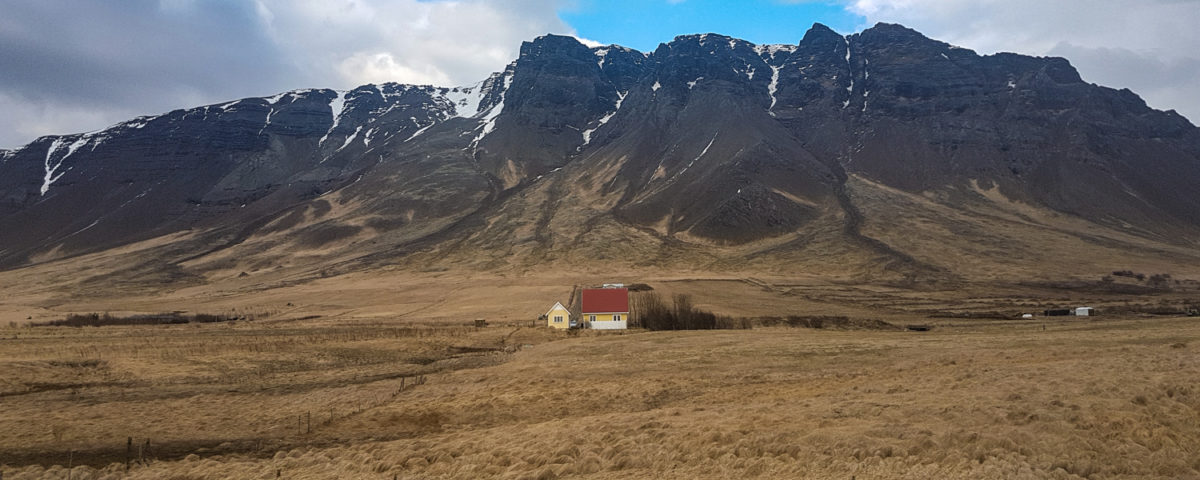
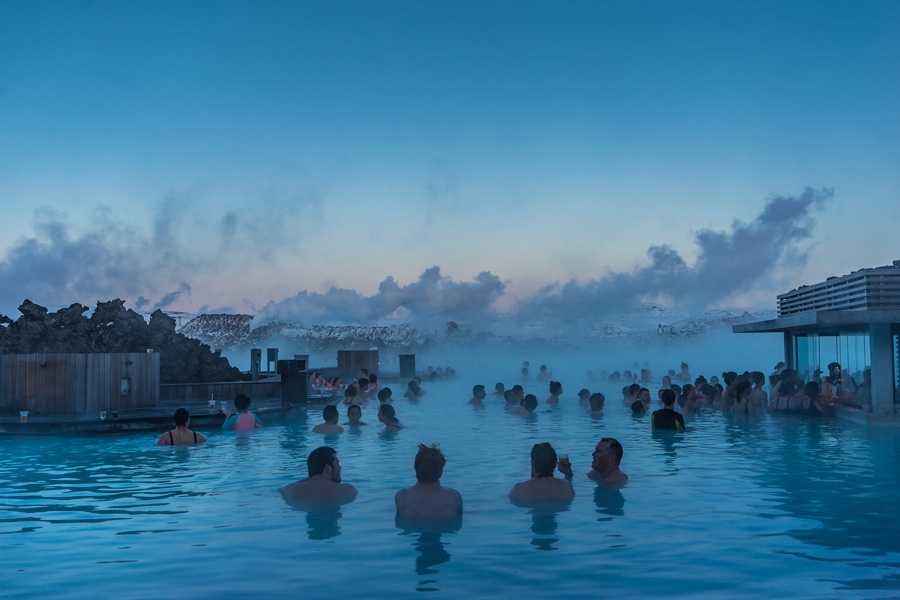
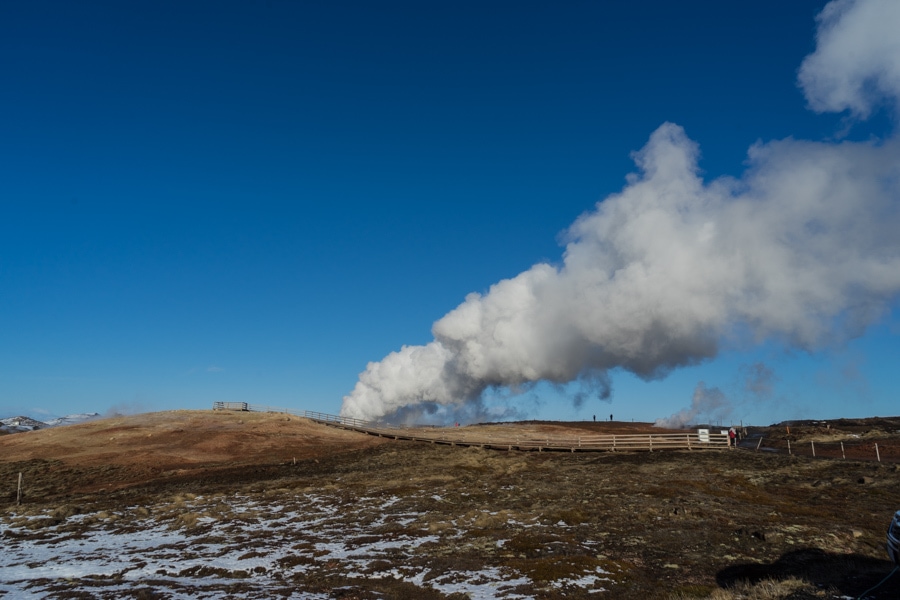
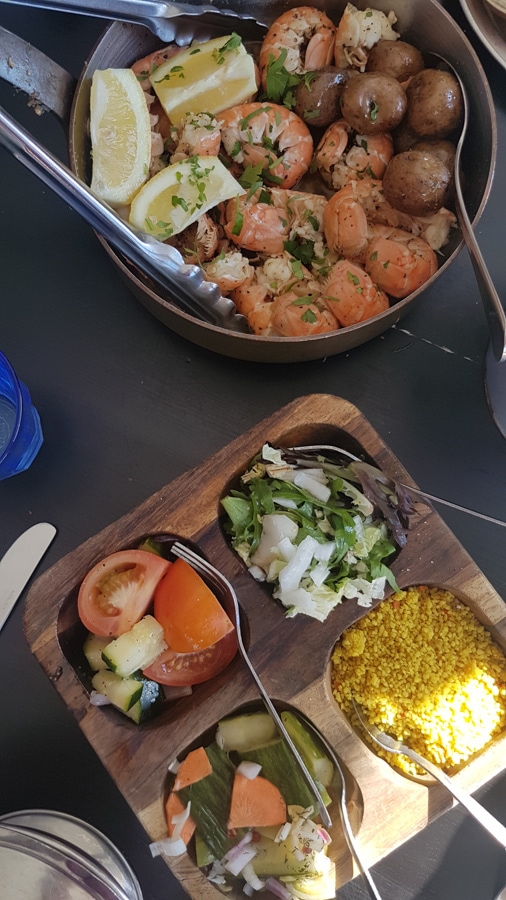
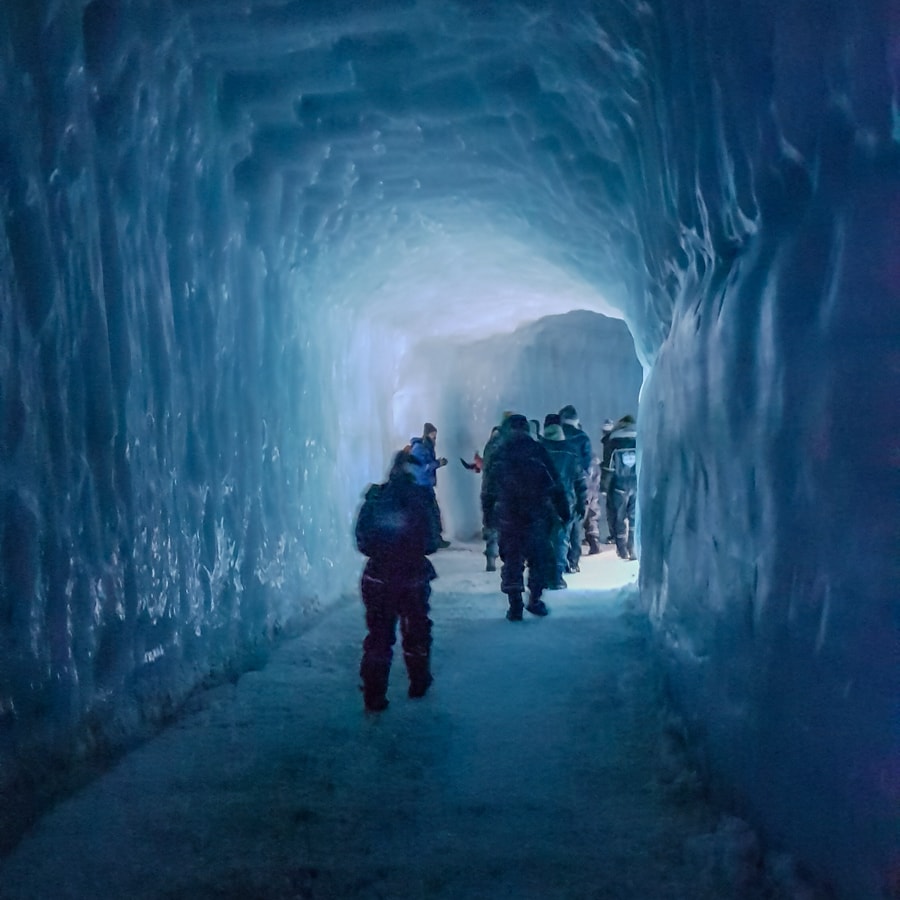
Travel to Iceland
Iceland has become a popular stop from North America to Europe. And why not, there’s so much to explore and experience there! The city of Reykjavik is a thriving small city full of restaurants, shopping, and a good jumping-off point.
However, the real beauty of Iceland is to get out and see the desolate, hot, landscape. The geothermal waters that lie beneath Iceland heat the majority of the country’s homes. There are plenty of opportunities to see geysers and stop at spas, including the famous (and crowded) Blue Lagoon. The Blue Lagoon was a cool stop, but I actually preferred the much quieter spa we stopped at in the west.
You can hike, ride the Icelandic horses, soak in the spa, go inside and on top of glaciers, see waterfalls, chase the aurora, and ride ATVs along black sand beaches. And I’m happy to report that Icelandic food has come a long way in its modernization. When I first arrived Oddny had me try the cultural delicacy – rotten shark (hákarl). Yes, you know I’ll try anything once, but this fermented shark was pretty hard to keep down, luckily I chased it with some brennivín (local schnapps) to get that horrid taste out of my mouth. But after eating rotten shark, I moved on to the much more refined culinary stops in Iceland. I’m happy to report that the seafood was delicious and all of the restaurants we went to were outstanding.
Greenland – The Land of Snow
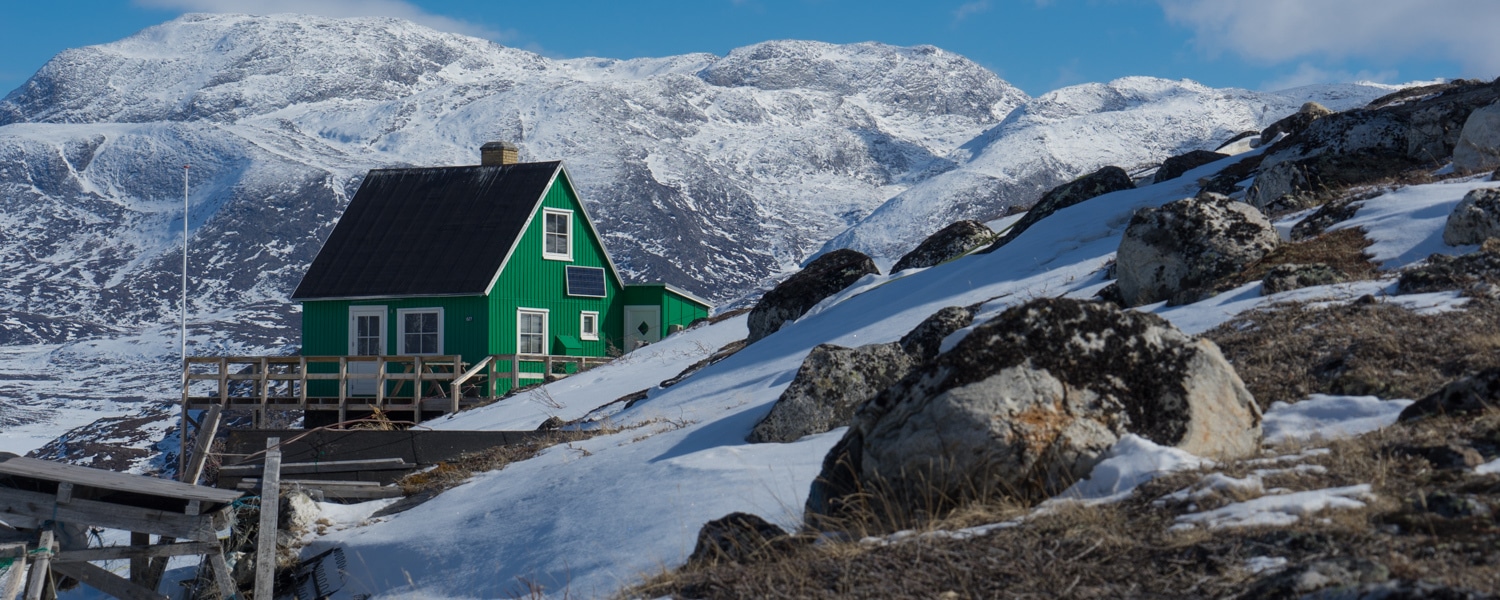
As we landed in the tiny Arctic capital of Nuuk Greenland all I could see was white. Even though it was mid-April, there was snow everywhere. In fact it was snowing as we landed. The treeless landscape even felt more barren with the snow-covered mountains and hills. I’ve always thought of Greenland as an extreme adventure destination, but I quickly learned that it’s much more than that.
Traveling to Cold Destinations?
Stay toasty warm on any outdoor winter travels with this Extreme Winter Packing List
Only 1% of Greenland is inhabited, and there are no roads between the few villages that exist. You move around by boat or plane. We are based out of Nuuk, the capital, (pop. 17,000), and did a combo of cultural experiences, backcountry snowshoeing, and a full-day boat trip around the fjords, glaciers, and remote villages.
Greenland Culture
We visited Kapisillit, located 47 miles northeast of Nuuk in the fjord system of Nuuk Kangerlua. This tiny village is home to about 75 people living in colorful houses in one of the most picturesque places in Greenland! With no markets or stores, the inhabitants mostly subsist on hunting and fishing. Greenland culture is about the basics – you have to be pretty laid back, depend on your neighbors, and be ok with being alone. That’s not to say that everyone is an introvert – I met plenty of outgoing people there. I think it makes you appreciate the people you have around you even more when you live in that kind of environment.
Even though there are no big cities, I found lots of ‘big city’ culture there. They had a fancy restaurant focusing on gastronomy with a Greenland twist, and they even had a popup restaurant serving native foods like whales, seals, and reindeer. But the thing I was most surprised about was the art and museums in Nuuk; this was the last thing I expected to do in Greenland. However, I find that the more extreme a place is, the more creativity it exudes. Locals have to live through extremely long winters in intense conditions, so you have to find outlets, and often those outlets are artistic. I loved walking around the town seeing the art and visiting the National Museum of Greenland, just as much as I loved the snowshoeing I did!
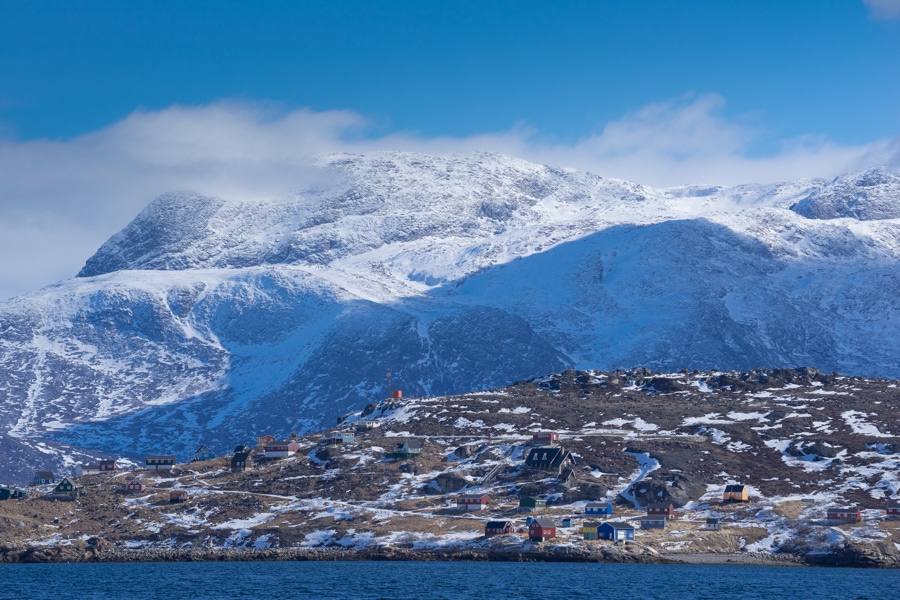
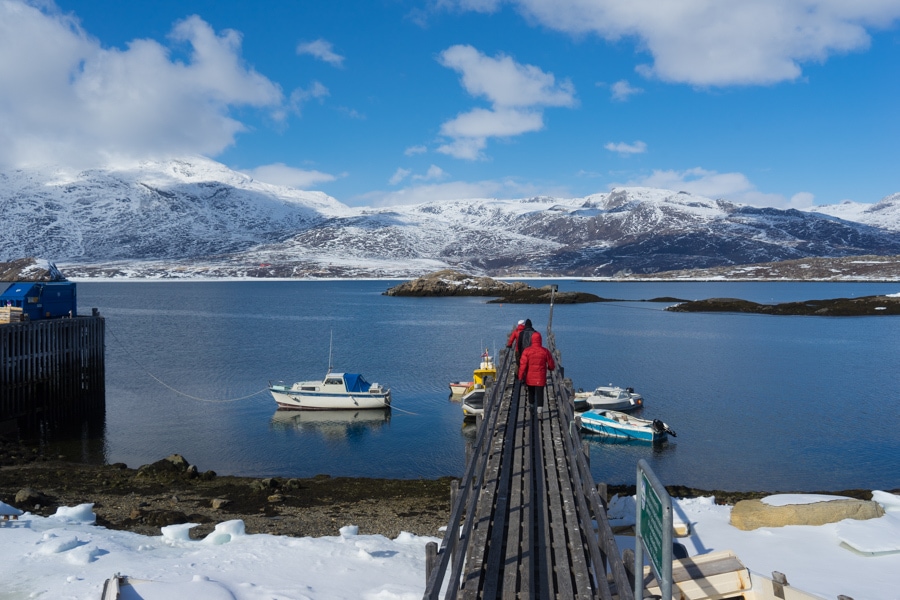
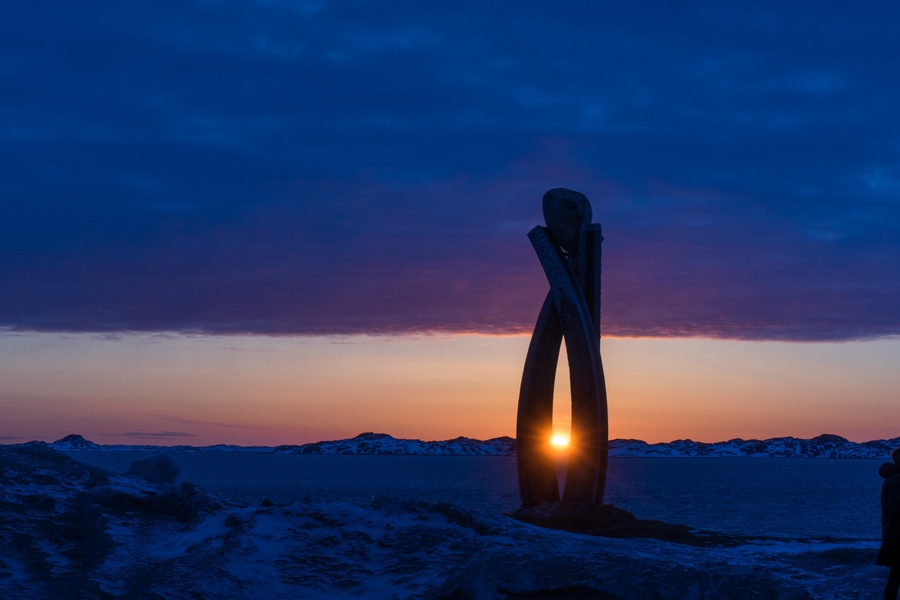
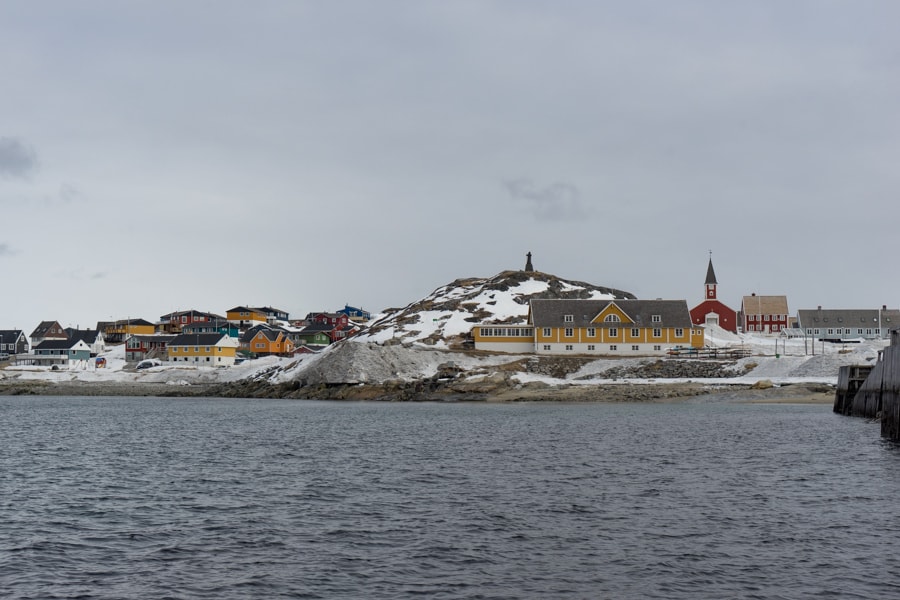
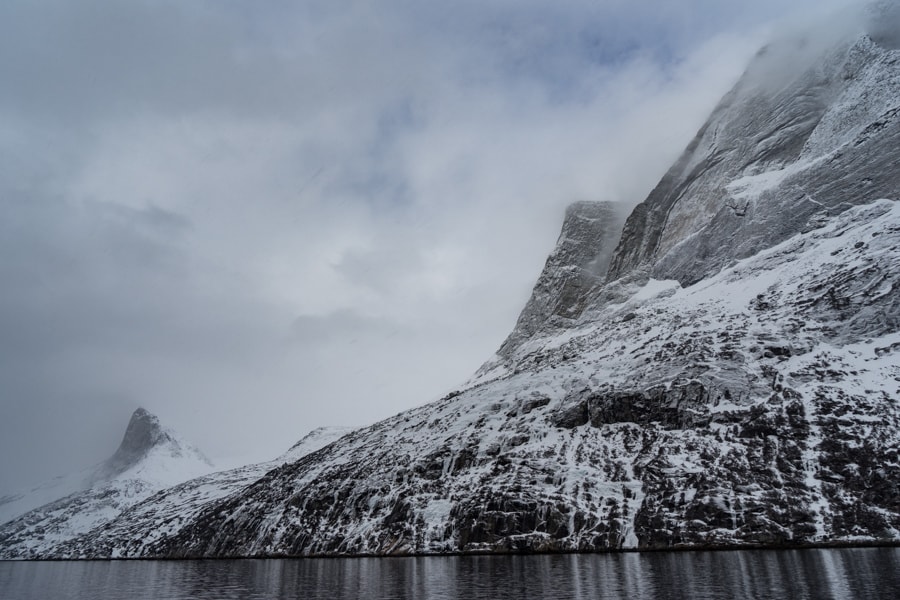

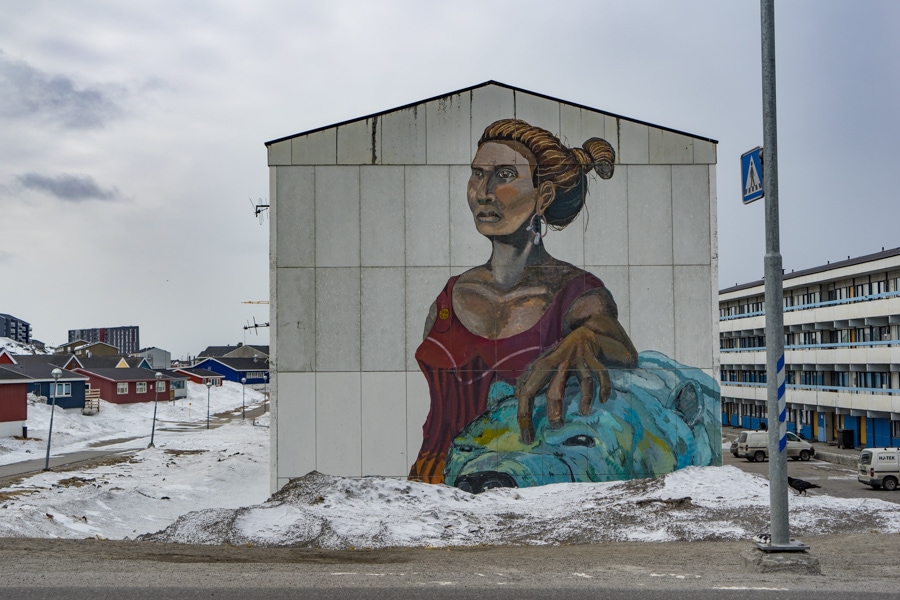
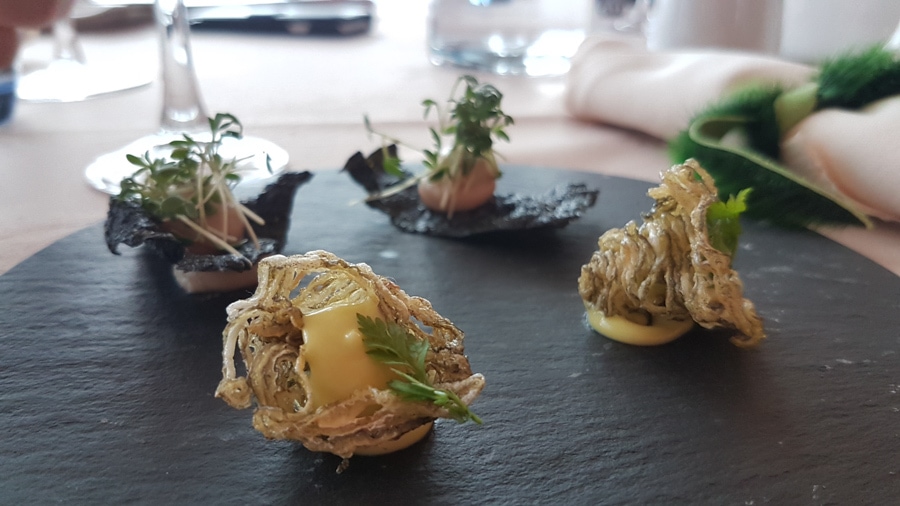
Travel to Greenland
It’s hard to get to Greenland, flights only come in from Iceland or Copenhagen and they are often delayed or cancelled due to weather. However, it’s worth it to try to get there. The landscapes reminded me of Antarctica with big snow-covered mountains sliding into the fjords. Take a camera, you won’t be disappointed! But make no mistake, Greenland is for the adventurer, there are many outdoor adventures waiting for you there from hiking, snowshoeing, climbing, kayaking, and camping.
My other surprise about Greenland is that tourism seemed a bit of an afterthought. There were no aurora wake-up calls, in fact, no one even seemed concerned with the forecast where we were staying. It wasn’t a well-oiled machine like Iceland – and I must admit, I sort of liked that. I felt like the focus was more on the community rather than tourism.
Faroe Islands – The Land of Sheep
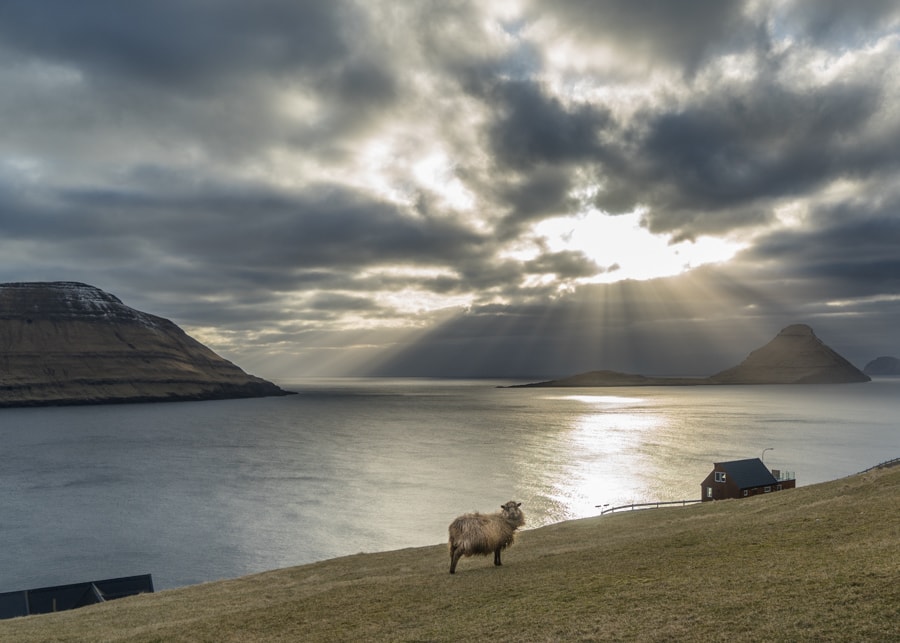
“You have to be careful driving on the islands,” the pilot told me, “We have a lot of accidents here from people running into the sheep.” This shouldn’t have surprised me considering the name Faroe Islands basically means “Sheep Islands”. It is made up of a group of eighteen islands in the North Atlantic Ocean between Scotland, Norway, and Iceland.
The pilot went on to give me more driving advice, “when the sheep are on the road – don’t stop – or they will too! Just go slow and they will part like the Red Sea.” That ended up being some great advice; we parted plenty of sheep seas on our trip.
Most people in North America haven’t heard of the Faroe Islands, in fact, they are frequently left off of maps. But you may have heard about the little destination that strapped 360-degree cameras to their sheep and recorded a “Google Sheepview” in lieu of having Google Streetview. That was the Faroe Islands – and it literally put them on the map.
Faroe Islands Culture
The islands that make up the archipelago have a population of 50,000 and are connected by bridges, tunnels, ferries, and helicopters. So you can imagine that the culture here is pretty rich. The Faroese are pretty conflict-averse because they live in a small society. Their lives are weather-dependent; they live by the idea that if you can’t do it today you can do it tomorrow. They live in the world of ‘maybe’, moving slowly into change. Overall I found the Faroese to be more sensitive and slower to take things on than their Icelandic counterparts.
“The world is closer to Icelanders than here. With the world becoming larger and larger, Faroe feels even tinier.” –resident Mariann Hansen
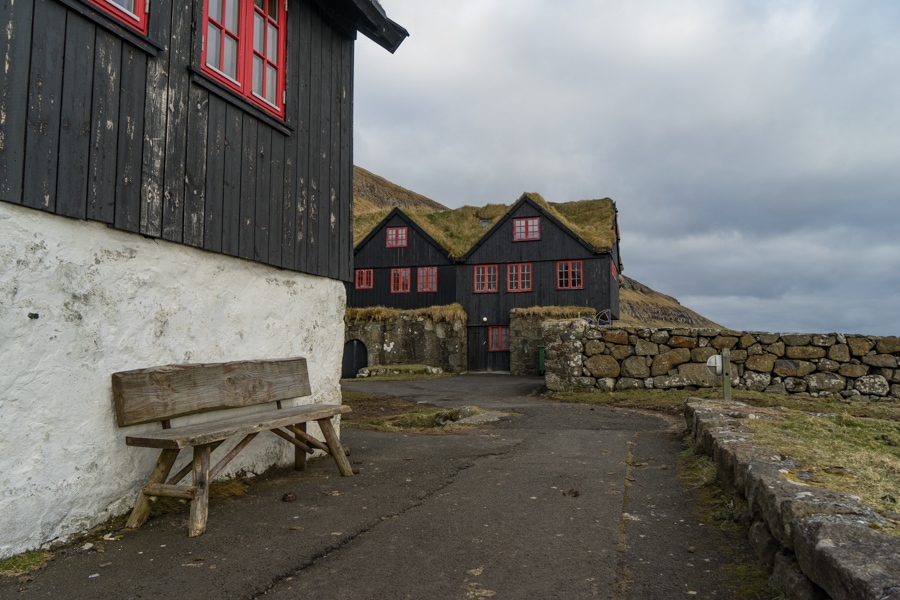
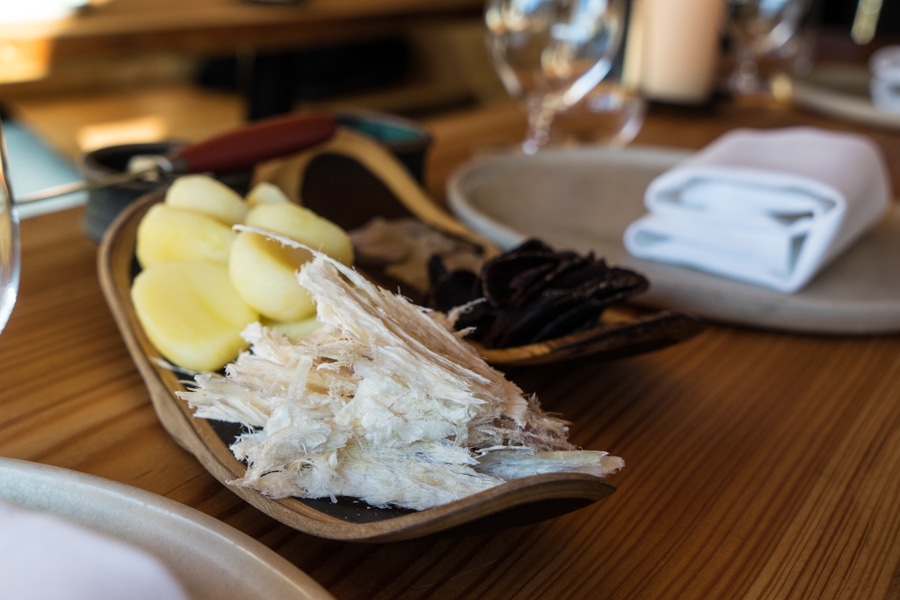
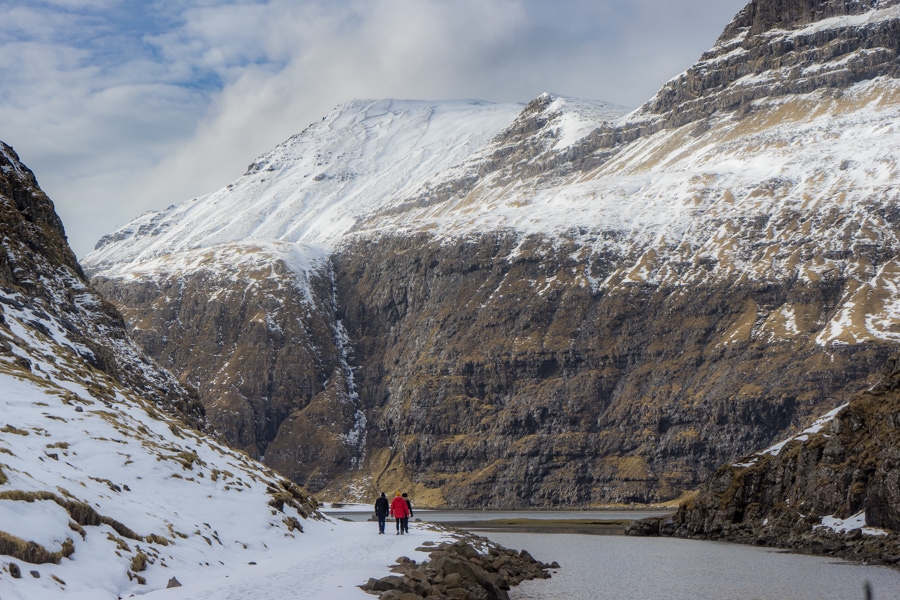

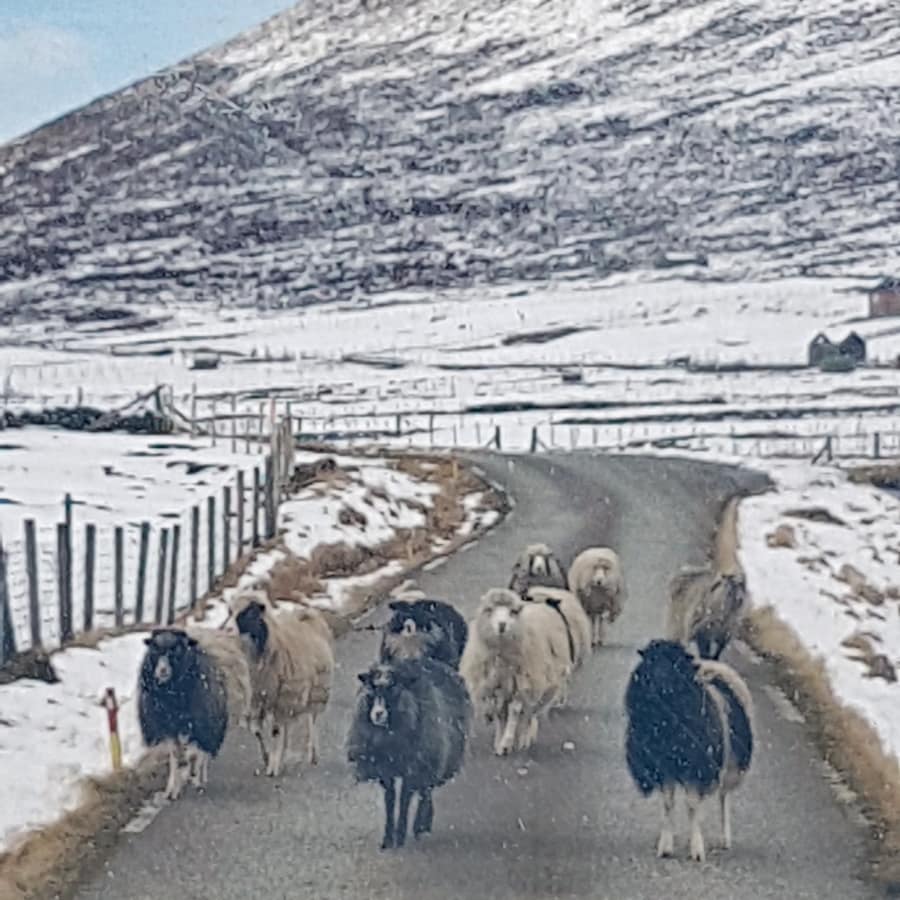
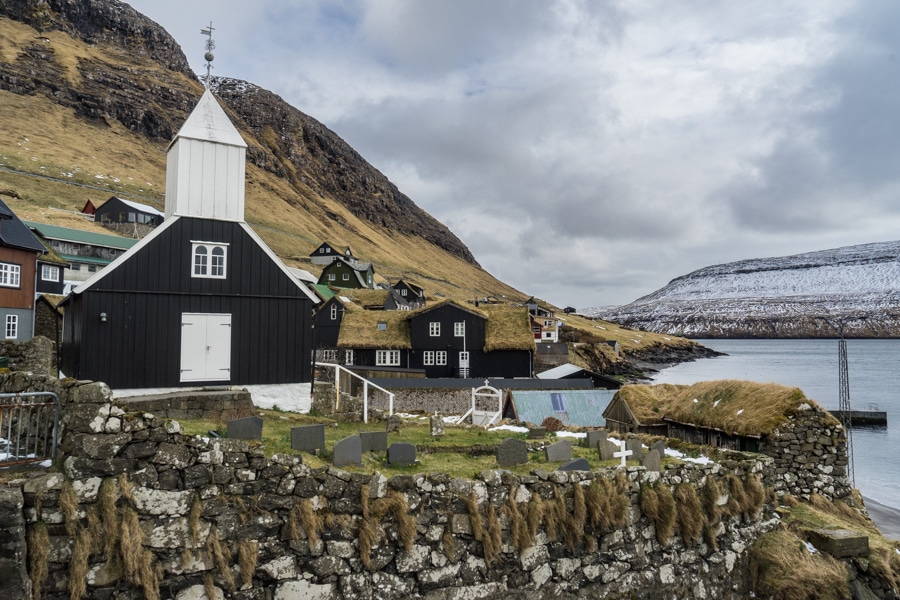
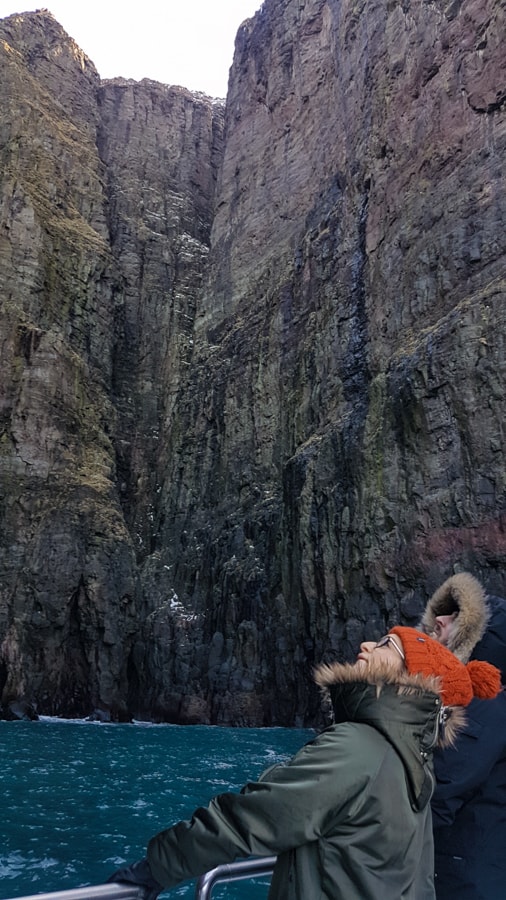
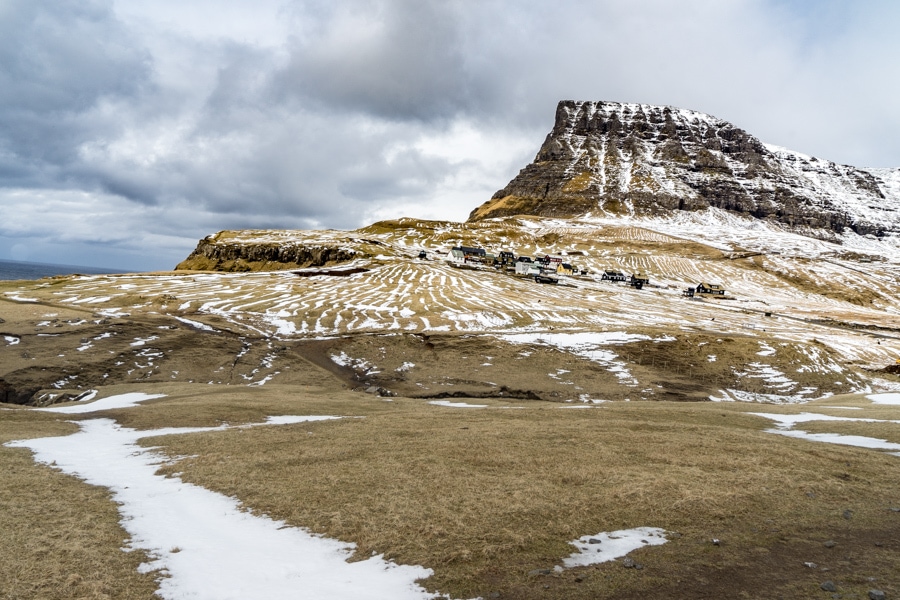
Travel to the Faroe Islands
The Faroe Islands are pretty tiny, but they have packed an immense punch into 18 tiny islands. In fact, this was one of the most awe-inspiring landscapes I’ve ever visited. Everywhere I turned there were jaw-dropping landscapes that I had never seen before. I fell in love immediately with the sweeping vistas, steep cliffs, and colorful, tiny villages. The Faroe Islands is what any landscape photographer dreams of. Which is exactly why I’m already dying to go back.
Discover 7 things to do in Antarctica that don’t involve wildlife
There’s plenty of hiking, climbing, bird watching, and outdoor activities to do there, but it also had an incredible creative vibe to the island focusing on music, theater, and food. It has a number of inventive music festivals throughout the tiny villages, and it even has its first Michelin-star restaurant, Koks, serving up its unique Faroese-style food. The menu is heavy on fermented seafood and various dried fish. It’s a bit of an acquired taste, but one that you’ll quickly fall in love with, just as you do with the Faroese people.
Travel to the Faroes is a bit easier than Greenland – there are numerous flights from Europe: Denmark, Iceland, Scotland, and Norway. There are also seasonal flights from places like Barcelona, the Gran Canary Islands, Mallorca, Crete, and Malta. In addition, you can also take a ferry from Denmark and Iceland. However, flying into the Faroes was a highlight for me, you get some epic views from above!
Choosing between Iceland, Greenland and the Faroe Islands? Here are a few things to consider:
Go to Iceland if…
You like more tourism infrastructure (tours, nice hotels, etc), road trips, spas, and have a “try whatever comes my way” attitude.
Go to Greenland if…
You like no structure and see yourself as a wandering spirit. You have to enjoy the cold weather, be open to eating anything, and enjoy being out on the water in all kinds of conditions. In short – you need to be a brave and hearty soul – and the people there will embrace you!
Go to the Faroe Islands if…
Landscapes, photography, and hiking are your thing. You must enjoy a slower pace and small town life but also like more of a European feel. And you must enjoy lamb, mutton, and dried fish!
However, if you can swing it, I say you should go to all three so that you can experience the similarities and differences of these three destination gems yourself!
Disclosure:
I was a guest of the North Atlantic Tourism Council for this trip. However all opinions expressed here are my own.
Official Tourism Sites:
Inspired by Iceland
Visit Greenland
Visit Faroe Islands

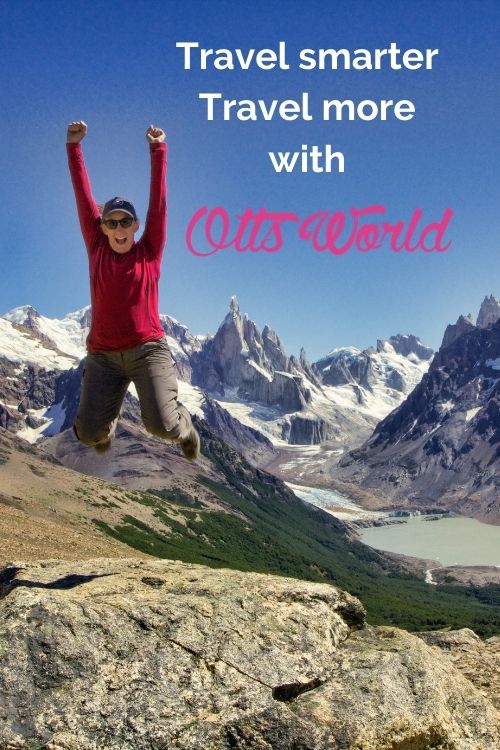
By kristi November 29, 2018 - 4:00 pm
I saw one House Hunters International in Faroe Islands and I was so intrigued. This was about a year ago. It’s been on my list since then, as well as Greenland and Iceland. I can’t wait to hear more about it.
By Katie Diederichs November 30, 2018 - 10:34 am
I love love love Iceland! We’ve been there and it was magical. Would love to go back again. After reading your post, I want to go check out Greenland. When’s the best time to go?
By Emma December 5, 2018 - 6:21 pm
What an awesome sharing!
I and my partner are making travel itinerary of next year. We’ve been considering our destination a while ago between Iceland and faroe islands. my partner has a “try whatever comes my way” mind, but not me. Well we all love landscapes. He loves hiking but not as much I love photography LOL. Your review will be the core of our final decision.Thank you very much. Just wonder which camera you’ve used during your trip? They are very captivating! Before packing my bags head to some destinations, I may buy one. The page I’m looking around is http://www.pirt.org/best-travel-camera/ If you have any suggestion about travel camera, please share to me.
Thank you in advance.
By Sherry December 5, 2018 - 9:01 pm
Emma – I’m so happy the article was helpful! I’m actually writing a detailed post about each of those destinations this month and Faroe Islands will come out tomorrow! So keep an eye out for that as that will have much more info! I LOVED the Faroe Islands.
As for camera – I use a Sony mirrorless a7ii. It’s a couple of years old – but I like it – and that means that you can find them cheaper too as there’s a newer version out now. Here’s my post on the travel photography gear I use – https://www.ottsworld.com/blogs/my-favorite-travel-photography-gear/ – it’s a couple of years old but all of it still really applies. Especially note the LensCoat products and rain protection as for Iceland or FI – you will need it! Let me know if I can answer any other questions for you! And let me know which destination you choose!
By AndrewSmith1337 March 20, 2019 - 6:55 pm
Thank you for this article.
From childhood I dreamed of going to these snow-covered countries, but I did not know beautiful places.
You and your photos have shown me the way
Thanks again
Kind regards
Andrew Smith
By Techcloud March 2, 2020 - 4:04 am
WOW!! such a nice article to read. While reading this article I can visualize the place that you have traveled. The way you describe the place is so vividly. Also, the picture that you have shared is awesome. I like your photography sense. I must say it is worth reading!!
By Dan Nichols June 17, 2022 - 11:33 am
Wonderful review!! Thank you… Having spent time in Iceland, I fell in love with the spirt of the people and the captivating landscape. I am planning another trip this July/August as I have only been in Iceland in the winter months. The plan was to spend a month in Greenland, but your article has given me new direction to create a trip that includes Iceland and Faroe Islands this time around. …perhaps Greenland soon!
Thanks again for the guidance in your blog/article!!
Cheers!
~Xen Dude
By Sherry June 27, 2022 - 6:32 am
If you can swing all 3 of them – it’s incredible!! And I can’t wait to get back to the Faroe Islands again…it was so special!